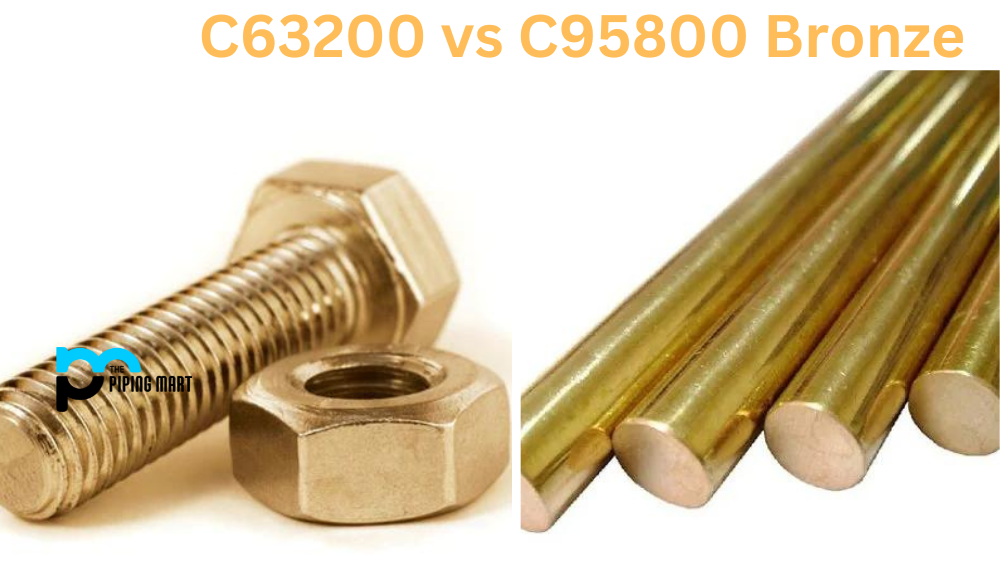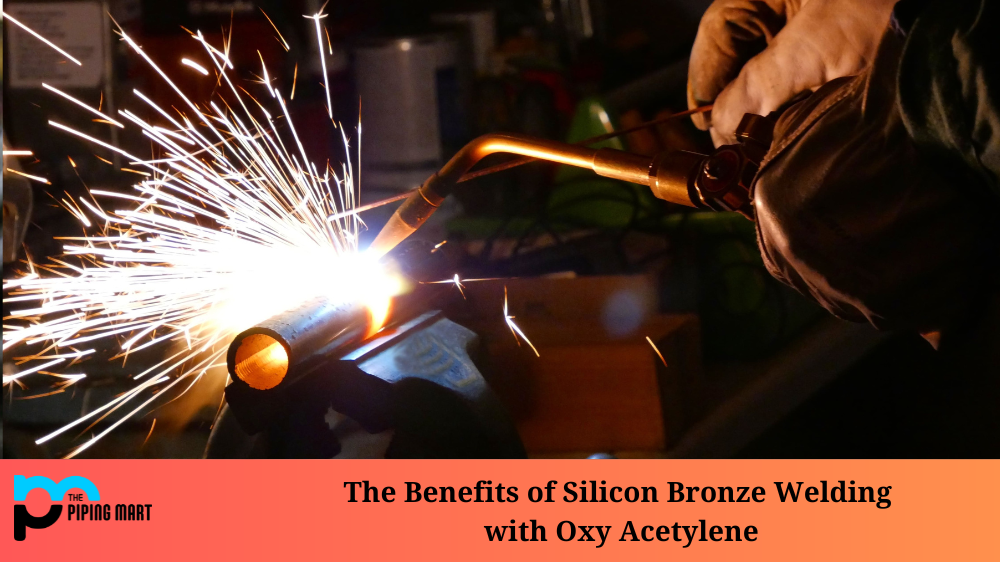Brazing is a process used to join two pieces of metal together by using a filler metal with a lower melting point than the base metals. It’s a popular option for many industries, such as plumbing and manufacturing, because it’s cost-effective and relatively simple. In this blog post, we’ll explore how to successfully braze copper to steel so you can get the most out of your brazing operations.
Step 1
The first step in braze welding copper to steel is preparing the surface of both materials. This means cleaning and degreasing them before doing any welding. You should use a chemical cleaner or solvents like acetone or MEK (methyl ethyl ketone) to remove grease, oil, dirt, or other contaminants that could interfere with the brazing process. Once you’ve cleaned the surfaces, they must be roughened up in order for the filler metal to adhere better. A wire wheel brush can be used for this purpose.
Step 2
The next step is adding flux to the joint where the copper and steel will be joined. Flux helps protect against oxidation during heating which would otherwise prevent a strong bond from forming between the metals. After adding flux, you need to heat up your copper and steel parts to reach their melting points (about 800°C for copper and 1000–1200°C for steel). When heating these parts up, it’s important not to overheat them as this can cause cracking or other damage that would weaken their structural integrity when they cool down again.
Step 3
Finally, once both parts are ready, you must add your filler material. For brazing copper and steel together, brass is usually recommended due to its malleability; it melts at 900°C but won’t cause thermal expansion like some other metals might at higher temperatures which could damage your workpiece if not done correctly. Add enough filler material to cover all of the joint areas, then use an oxy-acetylene torch with appropriate shielding gas (inert gases like Argon or Nitrogen are best) until everything melts together into one solid piece when cooled down again.
Conclusion:
Braze welding copper and steel together is an efficient way of joining two different types of metals without worrying about thermal expansion issues or needing specialized equipment for each type of material being welded together. By following these steps on surface preparation, flux application, heating up the parts, and filling in with brass filler material, you can get great results from your brazing operations every time! If you’re new to brazing, then we suggest practicing on scrap pieces first before moving on to more expensive components – after all, practice makes perfect!
brazing copper to steel
Sakshee is a talented blogger, with a particular focus on the Business and Metal Industry. She is passionate about sharing her insights on various metal products and helping professionals to make a better decisions.




